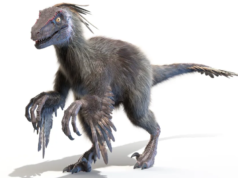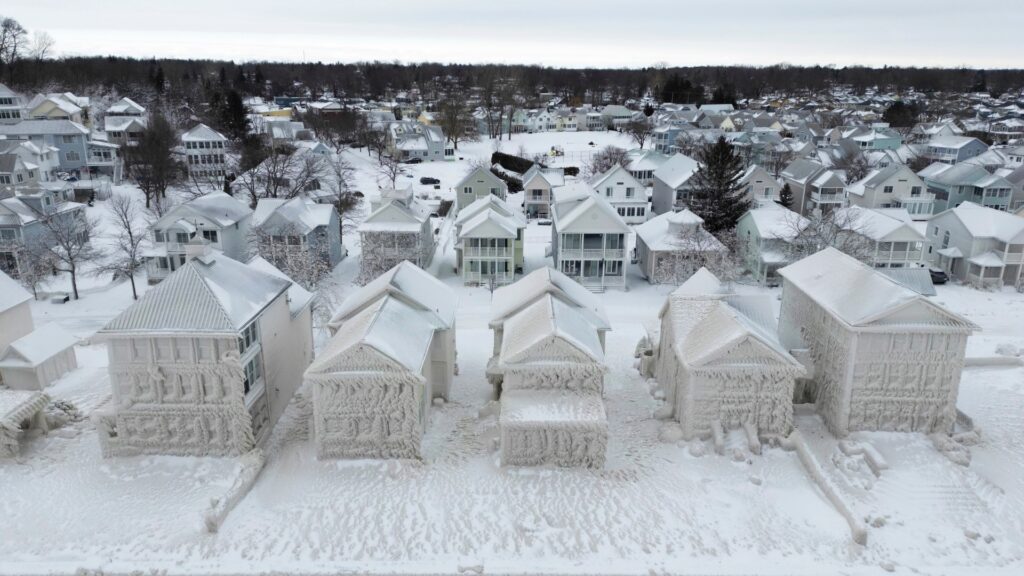
In recent years, discussions about climate change have predominantly focused on global warming and its associated impacts. However, a contrasting narrative has emerged, suggesting the possibility of an impending “New Little Ice Age.” This term references a historical period of significant cooling that affected the Northern Hemisphere from approximately the 14th to the 19th centuries. The prospect of a similar climatic shift raises questions about its plausibility and the potential consequences for our planet.
The First Time
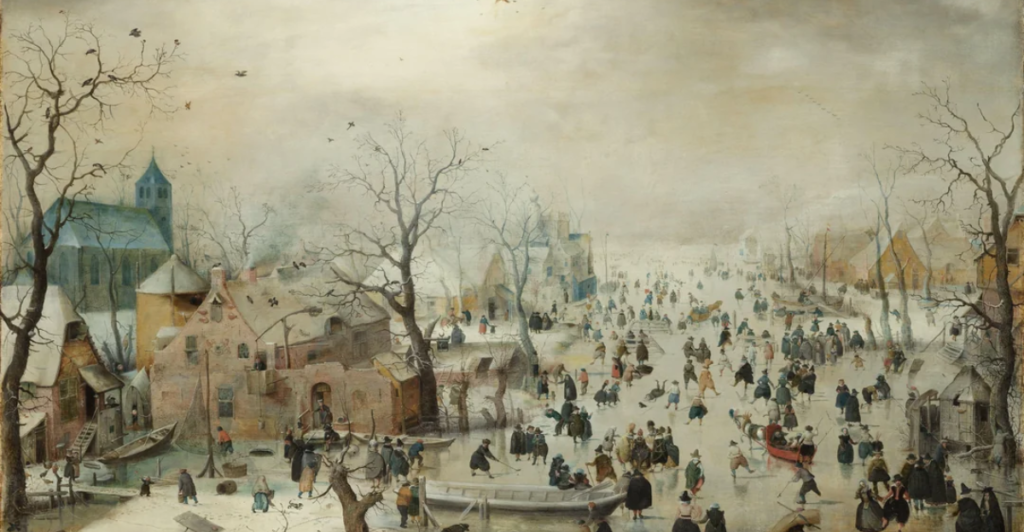
The original Little Ice Age was characterized by cooler temperatures, leading to widespread crop failures, famines, and socio-economic disruptions. Understanding the factors that contributed to this period is crucial in assessing the likelihood of a future recurrence. Recent scientific studies have provided insights into the mechanisms behind such climatic changes, offering a clearer picture of our current trajectory.
Historical Context of the Little Ice Age

The Little Ice Age was marked by a series of cold periods interspersed with milder intervals. While the exact causes remain a topic of research, several factors are believed to have contributed to this climatic anomaly. Reduced solar activity, notably the Maunder Minimum between 1650 and 1715, is often cited as a significant factor.
Changing Weather Patterns
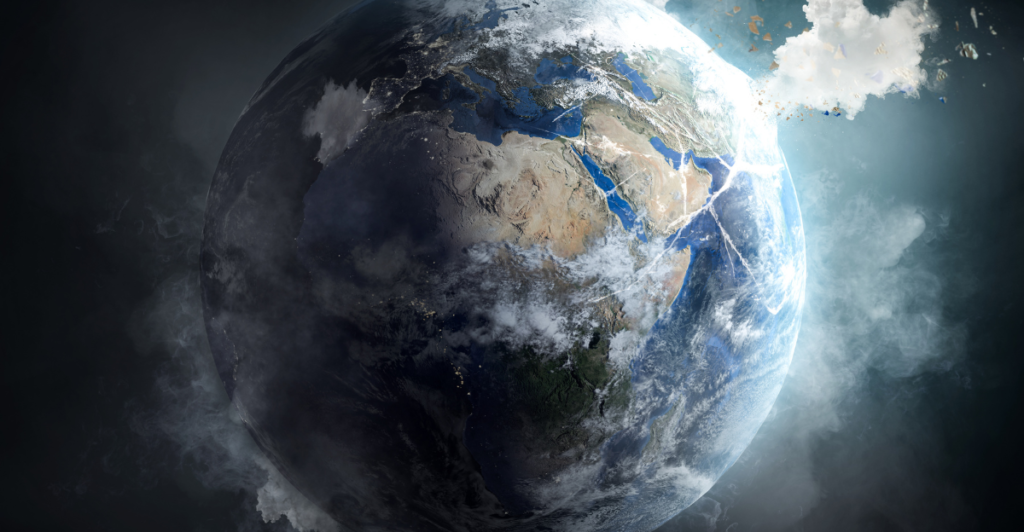
Additionally, increased volcanic activity during this period released aerosols into the atmosphere, reflecting sunlight and further cooling the Earth’s surface. Changes in ocean circulation patterns also played a role, disrupting heat distribution across the globe. These combined factors created a feedback loop that sustained the cooler temperatures for several centuries.
Modern Climate Trends
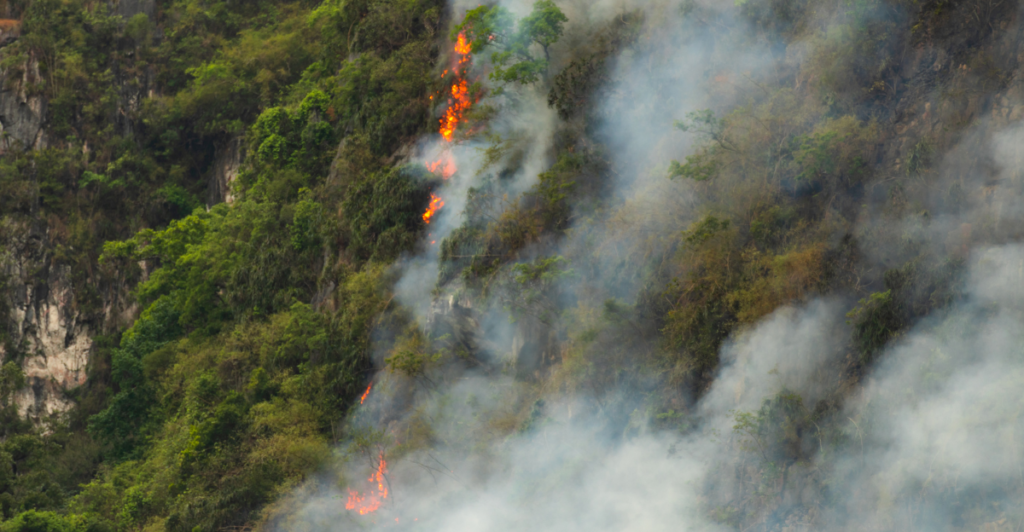
Contrary to the cooling trends of the Little Ice Age, recent data indicates a significant warming of the Earth’s climate. In 2024, global temperatures exceeded 1.5°C above pre-industrial levels for the first time, marking the hottest year on record. This breach surpasses the targets set by the 2015 Paris Agreement, which aimed to limit global warming to well below 2°C.
It Gets Worse
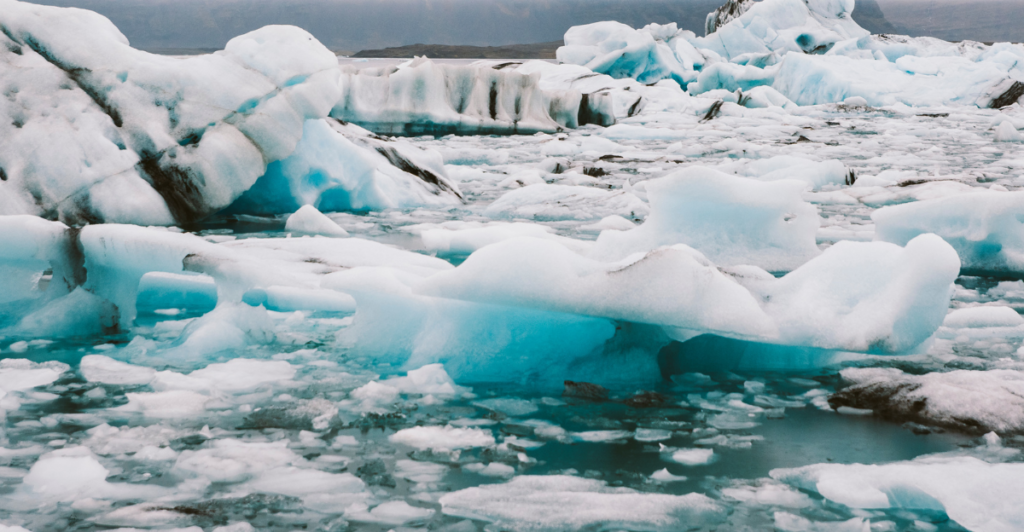
The rapid increase in greenhouse gas emissions, particularly carbon dioxide, has been identified as the primary driver of this warming trend. The concentration of CO₂ in the atmosphere has risen more than 40% in the past 200 years, contributing to human-induced alterations of the planet’s energy balance.
This has led to a series of environmental changes, including melting glaciers, rising sea levels, and increased frequency of extreme weather events.
Scientific Perspectives on a New Little Ice Age

The notion of an impending New Little Ice Age has been a topic of debate among scientists. Some hypothesize that factors such as reduced solar activity or changes in ocean circulation could potentially lead to regional cooling. However, the overwhelming consensus is that the current trajectory of global warming, driven by anthropogenic greenhouse gas emissions, far outweighs these cooling influences.
What The Reports Say
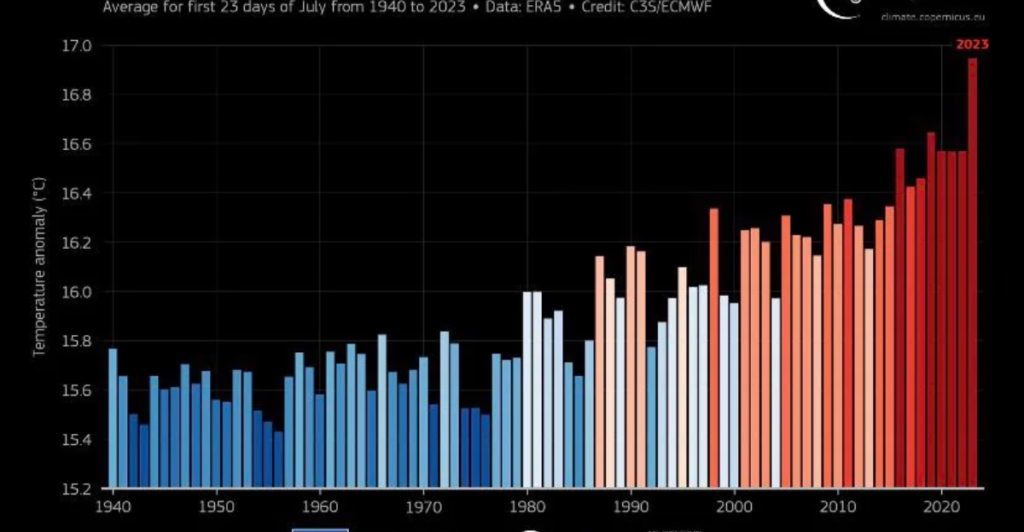
Research indicates that even significant reductions in solar activity would have a minimal impact on counteracting the warming effects of greenhouse gases. The rate of change since the mid-20th century is unprecedented over millennia, with Earth’s climate experiencing rapid warming that is unlikely to be offset by natural cooling factors alone.
The Role of Ocean Circulation
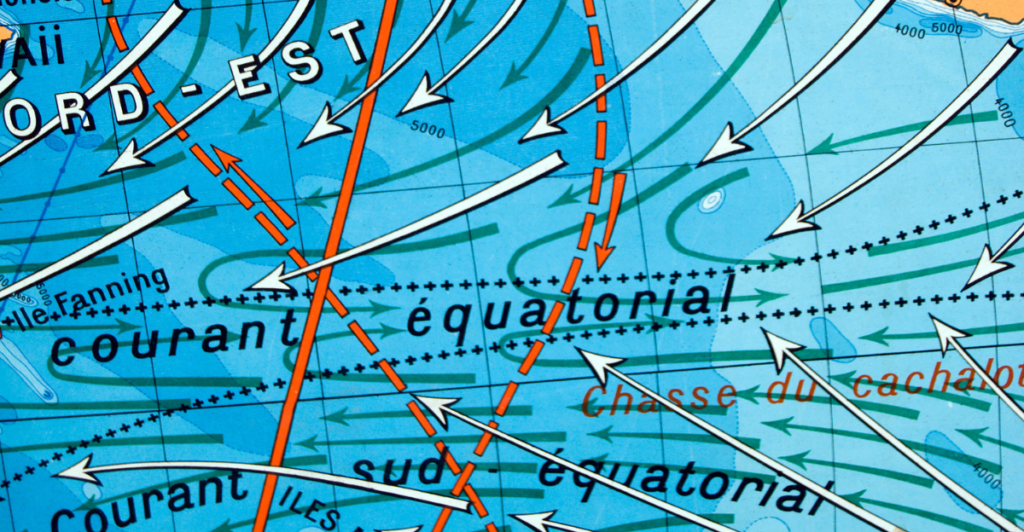
Ocean circulation patterns, particularly the Atlantic Meridional Overturning Circulation (AMOC), play a crucial role in regulating the Earth’s climate. Disruptions to these patterns can lead to significant climatic shifts. Some studies suggest that increased greenhouse gas emissions could cause cooling in certain regions by altering ocean circulation.
However, current observations indicate that while changes in ocean circulation may influence regional climates, they are unlikely to trigger a global cooling event akin to the Little Ice Age. The dominant trend remains one of global warming, with ocean temperatures continuing to rise, contributing to the overall increase in global temperatures.
Volcanic Activity and Climate
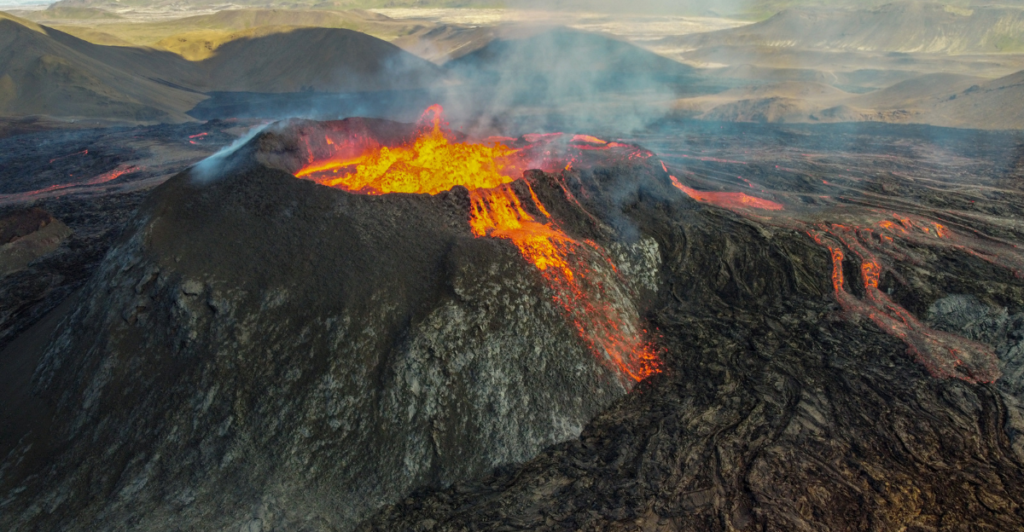
Volcanic eruptions have historically contributed to short-term cooling periods by injecting aerosols into the atmosphere, which reflect sunlight. While such events can temporarily offset warming trends, they do not provide a long-term solution to climate change. The cooling effect of volcanic aerosols is transient, lasting only a few years, whereas the warming impact of greenhouse gases persists for much longer periods.
Therefore, relying on natural events like volcanic eruptions to counteract human-induced warming is neither feasible nor predictable. Mitigation efforts must focus on reducing greenhouse gas emissions to address the root cause of the current warming trend.
Current Climate Mitigation Efforts

In response to the escalating climate crisis, international efforts have been made to mitigate the impacts of global warming. The Paris Agreement, adopted in 2015, aims to limit global temperature increase to well below 2°C above pre-industrial levels. Despite these efforts, recent data indicates that global temperatures have already exceeded 1.5°C above pre-industrial levels, underscoring the urgency for more aggressive action.
Mitigation strategies include transitioning to renewable energy sources, enhancing energy efficiency, and implementing policies to reduce carbon emissions. However, the effectiveness of these measures depends on global cooperation and the commitment of individual nations to meet their climate goals.
A New Ice Age
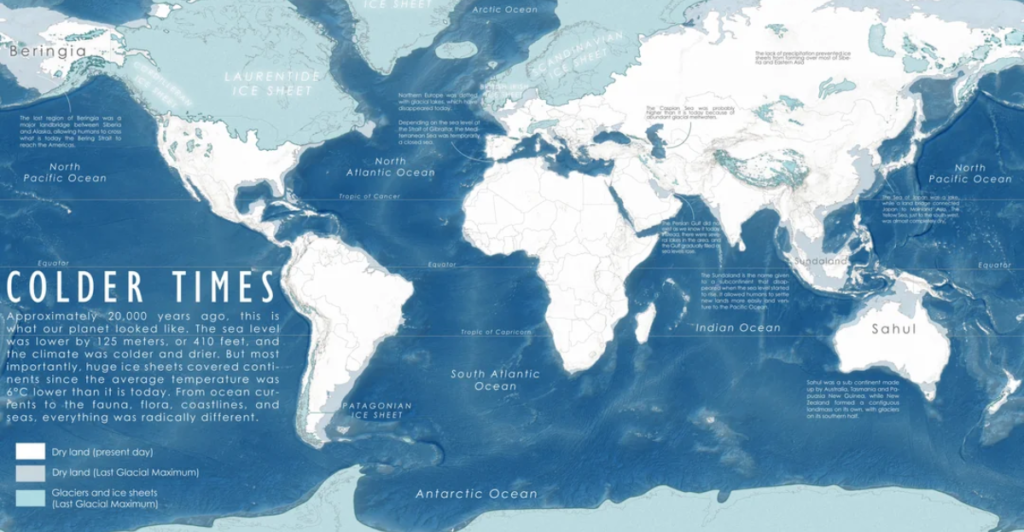
The prospect of a New Little Ice Age appears unlikely given the current trajectory of global climate trends. While natural factors such as solar activity and ocean circulation can influence regional climates, the dominant force driving current climate change is the unprecedented increase in greenhouse gas emissions. Addressing this challenge requires a concerted global effort to reduce emissions and implement sustainable practices.
Will We See It?

Understanding the complexities of the Earth’s climate system is essential in developing effective strategies to combat climate change. By learning from historical climate events like the Little Ice Age and analyzing current data, we can better prepare for future challenges and work towards a more sustainable and resilient planet.
Discover more of our trending stories and follow us to keep them appearing in your feed.

Meet the Massive Crocodiles That Make Their Homes 40 Feet Underground
10 Historic Caves in America That Reveal Millennia of Climate Secrets
12 Under-the-Radar Climate and Nature Breakthroughs From 2024
A Climate ‘Time Bomb’ in the Mediterranean Threatens Global Weather—Is the U.S. Prepared?
Stay connected with us for more stories like this! Follow us to get the latest updates or hit the Follow button at the top of this article, and let us know what you think by leaving your feedback below. We’d love to hear from you!



